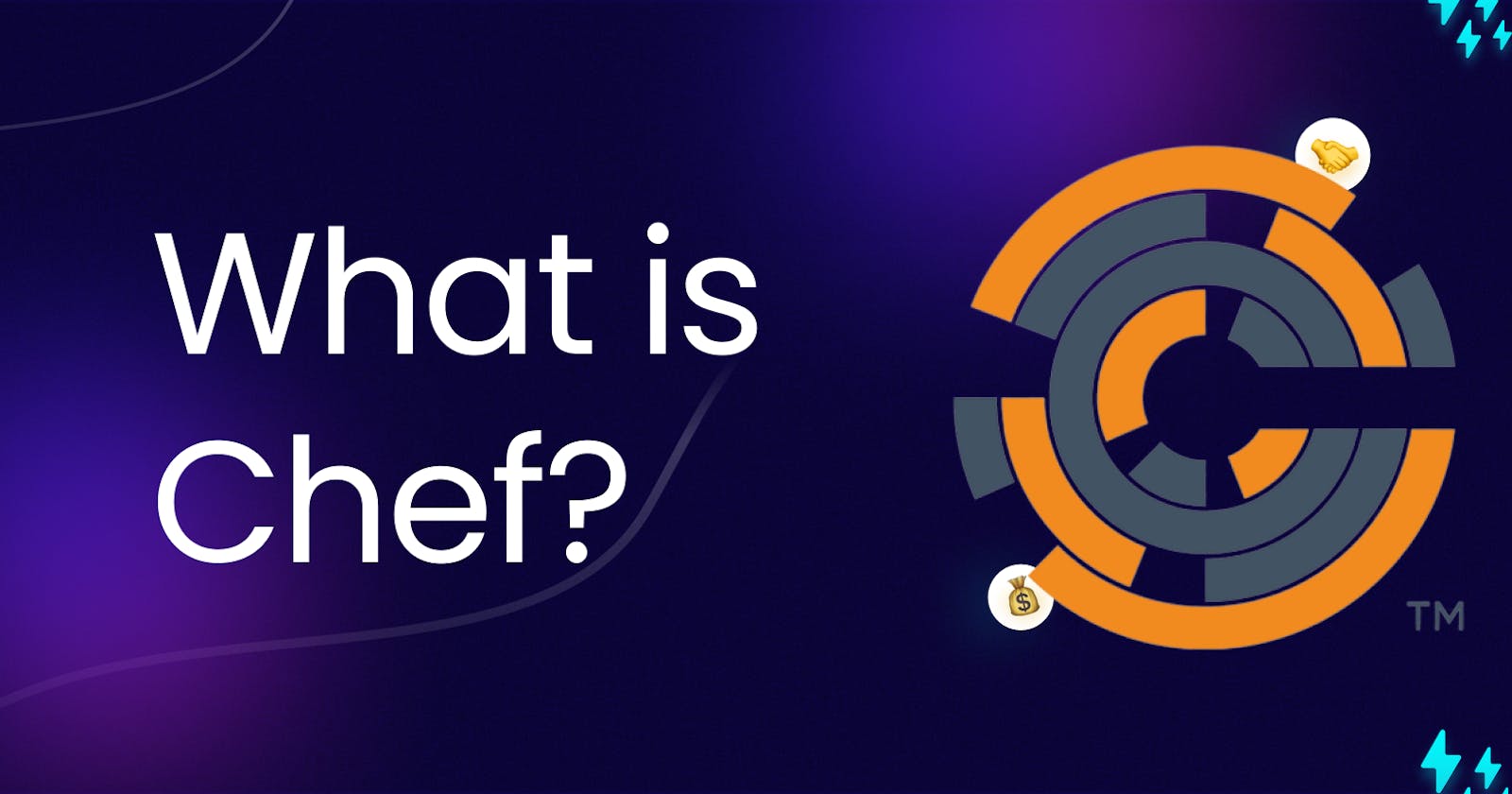Introduction to Chef
Chef is a powerful automation tool and a configuration management system that allows developers and system administrators to define and manage infrastructure as code (IaC). It was created by Adam Jacob in 2009 and has since become one of the leading tools in the DevOps ecosystem. Chef enables teams to automate the deployment and management of servers, applications, and other infrastructure components, streamlining the development and operations processes.
Key Concepts in Chef
Infrastructure as Code (IaC): Chef follows the principles of Infrastructure as Code, where infrastructure configurations are treated as code and defined in text files. This approach allows for version control, consistency, and repeatability, making it easier to manage and scale complex infrastructures.
Nodes and Recipes: In Chef, nodes represent individual servers or devices in the infrastructure. Recipes are sets of instructions written in a Ruby-based Domain-Specific Language (DSL) called "Chef DSL." Recipes describe the desired state of a node, specifying what packages, configurations, and services should be installed and running.
Cookbooks: Cookbooks are collections of recipes, templates, files, and other resources that define a specific configuration or setup for a node. Cookbooks are the building blocks of Chef's automation process.
Chef Server: The Chef Server acts as a central repository for storing cookbooks and node configurations. It facilitates communication between Chef clients (nodes) and allows for centralized management and versioning of configurations.
Chef Client: The Chef Client runs on nodes and is responsible for applying the desired configurations defined in the recipes and cookbooks. It communicates with the Chef Server to retrieve the necessary configurations.
How Chef Works
Cookbook Development: To begin using Chef, developers create cookbooks that define the desired configurations for nodes. Cookbooks contain recipes, templates, and other resources necessary to achieve the desired state.
Node Registration: Nodes (servers or devices) register themselves with the Chef Server by installing the Chef Client. Once registered, nodes can be managed and configured through Chef.
Chef Run: The Chef Client periodically runs on registered nodes or can be triggered manually. During a Chef run, the client retrieves the latest configurations from the Chef Server and applies them to the node.
Converge Process: Chef uses a process called "converge" to bring the node to its desired state. The Chef Client compares the current state of the node to the desired state specified in the recipes and takes actions to make the necessary changes.
Idempotence: Chef recipes are designed to be idempotent, meaning that running the same recipe multiple times has the same effect as running it once. This ensures consistency and predictability in the configuration process.
Reporting and Logging: Chef provides reporting and logging features that allow teams to track the results of Chef runs, monitor changes to the infrastructure, and troubleshoot any issues that may arise.
Benefits of Chef
Automation and Consistency: Chef automates the configuration process, ensuring that all nodes are consistently configured to their desired state. This reduces manual errors and eliminates configuration drift.
Scalability and Flexibility: Chef's infrastructure as code approach allows for easy scalability and adaptability to different environments and use cases. Cookbooks can be reused and modified as needed to fit specific requirements.
Version Control: By treating infrastructure configurations as code, Chef enables teams to use version control systems to track changes, roll back configurations, and collaborate effectively.
Integration and Ecosystem: Chef integrates with a wide range of tools and services, making it a part of a robust DevOps ecosystem. It can be combined with other tools for continuous integration, continuous deployment, and monitoring.
Conclusion
Chef has played a pivotal role in the DevOps revolution by automating infrastructure as code and streamlining the management of complex infrastructures. By providing a scalable, flexible, and consistent approach to configuration management, Chef empowers development and operations teams to focus on innovation and reliability. Its popularity and active community support have made it a critical tool in modern software development and operations, allowing organizations to achieve greater efficiency and agility in managing their infrastructure.
